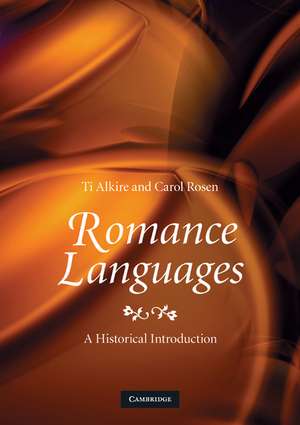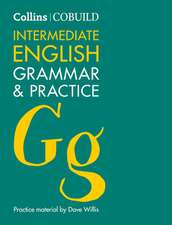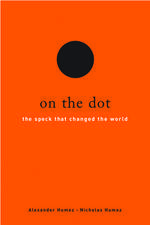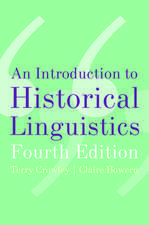Romance Languages: A Historical Introduction
Autor Ti Alkire, Carol Rosenen Limba Engleză Paperback – 23 iun 2010
| Toate formatele și edițiile | Preț | Express |
|---|---|---|
| Paperback (1) | 430.14 lei 6-8 săpt. | |
| Cambridge University Press – 23 iun 2010 | 430.14 lei 6-8 săpt. | |
| Hardback (1) | 613.54 lei 6-8 săpt. | |
| Cambridge University Press – 23 iun 2010 | 613.54 lei 6-8 săpt. |
Preț: 430.14 lei
Nou
Puncte Express: 645
Preț estimativ în valută:
82.33€ • 88.87$ • 69.03£
82.33€ • 88.87$ • 69.03£
Carte tipărită la comandă
Livrare economică 19 aprilie-03 mai
Preluare comenzi: 021 569.72.76
Specificații
ISBN-13: 9780521717847
ISBN-10: 0521717841
Pagini: 388
Ilustrații: 2 b/w illus. 32 tables
Dimensiuni: 174 x 245 x 20 mm
Greutate: 0.7 kg
Editura: Cambridge University Press
Colecția Cambridge University Press
Locul publicării:Cambridge, United Kingdom
ISBN-10: 0521717841
Pagini: 388
Ilustrații: 2 b/w illus. 32 tables
Dimensiuni: 174 x 245 x 20 mm
Greutate: 0.7 kg
Editura: Cambridge University Press
Colecția Cambridge University Press
Locul publicării:Cambridge, United Kingdom
Cuprins
Introduction; 1. The evolution of stressed vowels; 2. Early changes in syllable structure and consonants; 3. Consonant weakening and strengthening; 4. New palatal consonants; 5. More about vowels: raising, yod effects, and nasalization; 6. Verb morphology: the present indicative; 7. Verb morphology: systemic reorganization; 8. Noun and adjective morphology; 9. History and structure of Portuguese: an overview; 10. History and structure of Romanian: an overview; 11. Formation of the Romance lexicon; 12. Emergence of the Romance vernaculars; Suggestions for further reading; Works cited; Index of topics.
Recenzii
'This attractive textbook is a great opportunity to bring the unique historical and typological richness of the Romance languages to today's students of language and linguistics and empower them to continue its exploration on their own. In its carefully gradated approach at complex issues of phonology and morphology, the authors provide readers with an analytical in-depth investigation of the diachronic developments in Spanish, French, and Italian, complemented by coherent sketches of Portuguese and Romanian. The book sets a new standard for focus, relevance, and accuracy of data as well as broadly informed and open-minded assessment of competing explanations offered in the literature. Readers who work their way through the book will come away from it with a structured picture of this fascinating language family spanning 2000 years of varying divergence and convergence.' Dieter Wanner, The Ohio State University
'A user-friendly and straightforward approach to the topic, which cuts through much of the excessive and dense detail of traditional treatments.' Adam Ledgeway, University of Cambridge
'A user-friendly and straightforward approach to the topic, which cuts through much of the excessive and dense detail of traditional treatments.' Adam Ledgeway, University of Cambridge
Notă biografică
Descriere
This book describes the changes which led from colloquial Latin to the five major Romance languages: Spanish, French, Italian, Portuguese, and Romanian.















